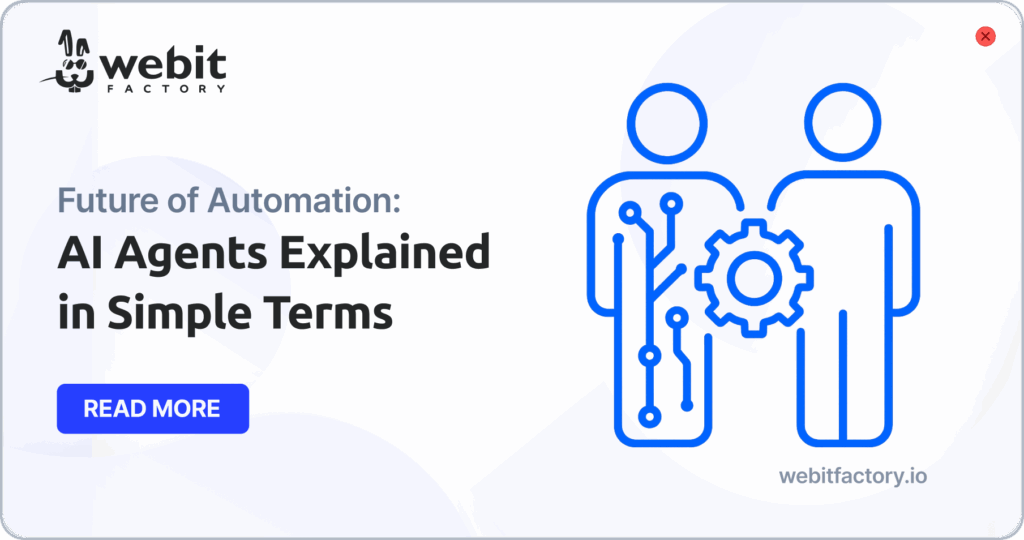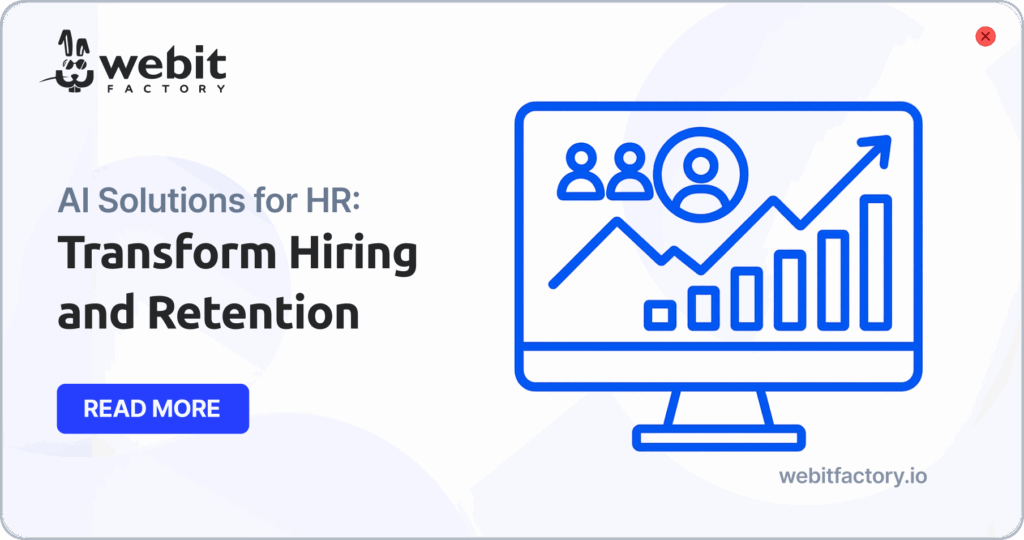AI medical diagnosis is reshaping healthcare faster than many expected. In 2024, the global AI in healthcare market was valued at $29.01 billion and is projected to grow to $504.17 billion by 2032. This means exhibiting a compound annual growth rate (CAGR) of 44.0% during the forecast period, as stated by Fortune Business Insight.
By combining large-scale data analysis with machine learning, AI is helping medical professionals detect diseases earlier, treat them more effectively, and reduce patient risks. This shift is not about replacing doctors but empowering them with better tools.
What is AI Medical Diagnosis?
AI medical diagnosis refers to the use of artificial intelligence, especially machine learning, to interpret complex medical data. These tools can process information from medical images, electronic health records, lab results, and genetic profiles much faster and more accurately than any human.
For example, AI has shown strong performance in diagnosing neurological disorders, detecting tumors, and analyzing vital signs. A recent study by PMC highlights that AI can significantly enhance diagnostic precision and reduce time to treatment by automating routine analysis and flagging early signs of disease. Another report, this time by BMC, emphasizes that AI models not only detect abnormalities but also provide useful measurements to support clinical decisions.
Key Features of AI Medical Diagnosis:
- Pattern recognition in imaging and biometric data
- Predictive modeling for early diagnosis and disease progression
- Automated reporting that reduces human error and saves time

Breakthroughs in AI Medical Diagnosis
Some of the most striking AI applications are already live in hospitals today. At Chelsea and Westminster Hospital in London, the AI app Derm scans skin lesions using a smartphone camera and returns results in seconds. This system has reached a 99.9% accuracy rate in ruling out melanoma, drastically cutting wait times and helping patients start treatment sooner, says The Times.
Another major leap is in cardiology. The Times says HeartFlow’s AI-based tool creates 3D images of coronary arteries from CT scans, enabling more precise detection of blockages and reducing the need for invasive procedures. This not only improves outcomes but saves significant healthcare costs.
In oncology, AI platforms like Paige and PathAI are revolutionizing cancer diagnosis. Inside Precision Medicine states that these systems analyze digital pathology slides faster than traditional methods, allowing specialists to confirm cases with greater speed and confidence.
Benefits for Doctors and Patients
The real power of AI in medical diagnosis lies in how it helps both doctors and patients. For doctors, AI acts as an intelligent assistant. It quickly sorts through patient histories, scans, and lab results, surfacing relevant patterns that might be missed during busy hospital hours. This means doctors can make decisions with better context and less delay.
From the patient’s point of view, this translates into faster diagnoses, earlier treatment starts, and fewer unnecessary tests. A Harvard Medical School article highlights that AI tools help match patients with similar medical profiles to effective treatments by referencing large-scale case data.
Physicians themselves are beginning to trust and rely on these tools. According to a survey by the American Medical Association, most doctors now believe AI can boost their diagnostic capabilities, streamline their workflows, and increase safety for their patients.

Real-World Benefits:
- Faster diagnosis and decision-making
- Better outcomes through tailored treatments
- Reduced administrative load for doctors
- Higher patient trust through improved accuracy
Ethical and Legal Concerns
Despite its potential, AI in healthcare is not without risk. One of the biggest concerns is data privacy. AI tools depend on vast amounts of patient data, but current legal protections might not fully secure this sensitive information. Medical data breaches could have serious consequences, both for individuals and healthcare systems.
There’s also the risk of bias. AI systems learn from historical data, which can sometimes reflect existing inequalities in healthcare access and outcomes. If not properly addressed, these biases could lead to incorrect or unfair diagnoses for certain patient groups.
Another complex challenge is accountability. If an AI system contributes to a diagnostic mistake, it’s not always clear whether the doctor, software developer, or institution should be held responsible.
The Future of AI Medical Diagnosis in Healthcare
The future of AI medical diagnosis is not trying to replace manual tasks but to improve the entire healthcare journey. Generative AI is already being used to assist with clinical trial design and personalize treatment plans, turning raw data into real patient value.
Medical education is another area set to benefit. As AI platforms get smarter, they will become essential tools in training the next generation of doctors, helping them learn faster and make more accurate decisions.
Institutions like the Mayo Clinic are already investing heavily in AI as a central tool for diagnosis, treatment, and prevention. They see AI not just as a helper, but as a co-pilot in every medical decision.
What’s Next for AI Medical Diagnosis:
Co-pilot systems for daily diagnostics
These AI tools are being developed to work alongside doctors in real time, offering diagnostic suggestions, flagging anomalies in patient data, and even drafting initial reports. Think of them as clinical copilots: augmenting decision-making without overriding it. Microsoft, Google, and other major players are already prototyping such integrations in electronic health records and diagnostic platforms.
AI-powered training for young physicians
Medical education is being transformed through simulation-based learning powered by AI. Students can now train with virtual patients who react in realistic ways based on complex clinical scenarios. This allows future doctors to gain experience diagnosing rare diseases, interpreting AI-generated insights, and making high-stakes decisions, all in a safe environment.
Wider adoption in preventive care and rural health
In remote areas with limited access to specialists, AI diagnosis tools are bridging the gap. Mobile apps and cloud-based diagnostic platforms allow rural clinics to analyze X-rays, blood tests, and symptoms locally and get real-time AI insights. These solutions not only improve care access but can also flag early warning signs for conditions like diabetes or cardiovascular disease before symptoms become serious.
AI medical diagnosis is revolutionizing healthcare by enhancing diagnostic accuracy, improving patient outcomes, and streamlining clinical workflows. From diagnosing skin cancer in seconds to enabling doctors to prevent heart attacks without invasive tests, the change is already here.
However, this future comes with responsibility. Ensuring patient data protection, ethical usage, and accountability will be critical in making AI a long-term ally in healthcare.
Want to improve your healthcare services?
Related Articles

AI Agents Explained in Simple Terms
Discover what AI agents are, how they work, and why intelligent agents are reshaping automation across industries.

AI Solutions for HR That Transform Hiring and Retention
AI solutions for HR are transforming hiring and retention with faster recruitment, better cultural fit, and lower turnover rates.

Cross-Chain dApps Are Shaping Web3
Cross-chain dApps are shaping Web3 by streamlining UX, improving contract monitoring, and bridging fragmented blockchain ecosystems.
